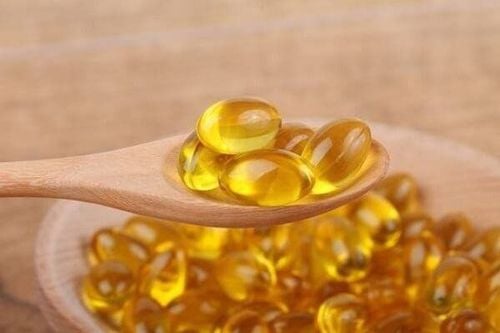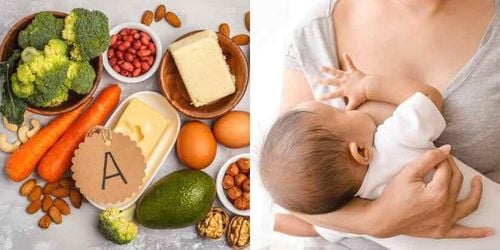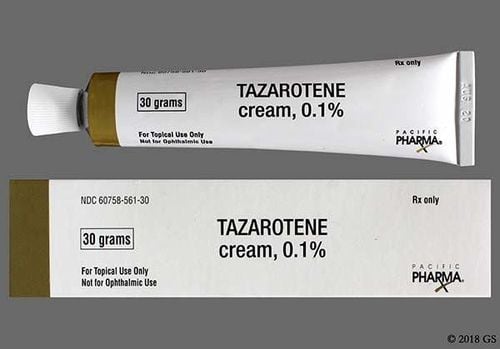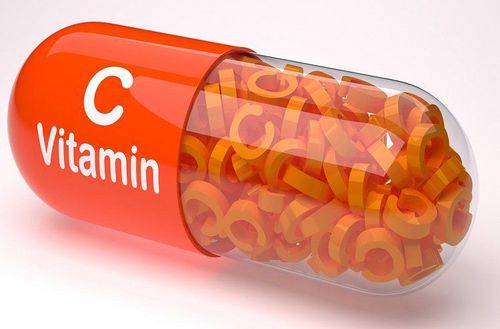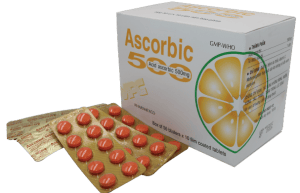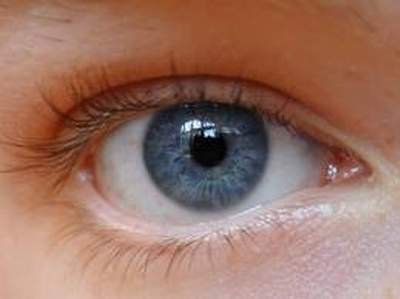This is an automatically translated article.
Vitamin C is a type of ascorbic acid that has the best effect on strengthening the immune system and participating in many normal body functions. It is possible to supplement the body with vitamin C by daily fruits and foods. So what fruit has the most vitamin C? Let's follow the article to find the answer.1. Uses of Vitamin C for the body
Vitamin C is a water-soluble vitamin. This vitamin is essential for normal growth and development. Vitamin C is water soluble. The remaining vitamin will be eliminated from the body through urine. The body needs to be supplemented with vitamin C regularly to prevent deficiency.
Vitamin c in the fruit is necessary for the growth and repair of tissues in the body. Includes:
Forms an important protein that works to regenerate skin, tendons, ligaments and blood vessels. Wound healing and scar tissue formation. Repairs and maintains cartilage, bones and teeth. Supports iron absorption. Vitamin C is one of many antioxidants. Antioxidants are substances that work to prevent some of the problems caused by free radicals. The accumulation of free radicals over time is the main cause of aging. This is also a factor that causes cancer, cardiovascular diseases, arthritis. Adults 19 to 64 years old need a minimum of 40mg of vitamin C per day. The human body cannot produce vitamin C on its own and cannot store it in the body, so it is necessary to increase vitamin C-rich foods into the daily diet.
Free radicals can play a role in cancer, heart disease and conditions like arthritis.
2. What fruit has the most vitamin C?
Here are all the fruits with the highest vitamin C sources, including:
Guava Guava is the answer to the question "which fruit has the most vitamin C". In 1 guava contains 4 times more vitamin C than oranges. In this fruit also contains other substances such as vitamin A, folic acid and minerals. Guava is also a fruit high in fiber, low in saturated fat and cholesterol as well as sodium salt. 100g guava will contain about 200mg vitamin C.
Blackcurrants Blackcurrants, also known as black currants. This is the second fruit rich in vitamin C after guava. Blackcurrants have a sweet and sour taste and are rich in vitamin C. 100g of black currants also contain nearly 200mg of vitamin C, 4 times the amount of vitamin C in oranges. Blackcurrants are also rich in antioxidants, potassium, and flavonoids that help reduce inflammation and urinary tract infections.
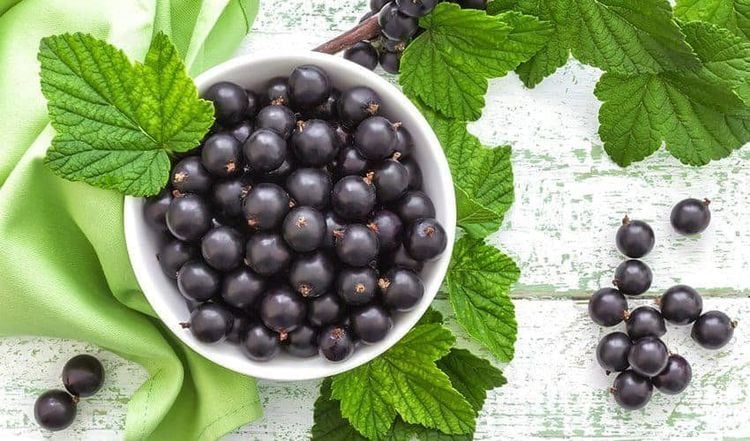
Ăn quả gì nhiều vitamin c nhất đó chính là quả lý đen
Da Lat chili Da Lat chili, especially red chili, is rich in vitamin C and rich in antioxidants. According to research, 100g of red pepper contains up to 80 mg of vitamin C. Red peppers are often used for cooking and sautéing, but during the cooking process, the amount of vitamin C will be reduced.
Broccoli (broccoli) Broccoli is a group of vegetables rich in beta-carotene, carotenoids, B vitamins (including folate), calcium, zinc and fiber. Helps support the immune system, fight cancer. In 100g of cauliflower contains about 89mg of vitamin C.
To keep the maximum amount of minerals and vitamins, only boil or steam cauliflower.
Strawberries Strawberries are rich in fiber, vitamin C, and anti-oxidants. Eating 100g of strawberries will absorb about 80mg of vitamin C. With this fruit, it is best to eat it directly to absorb vitamin C and antioxidants.
Kiwi Kiwi is a nutritious fruit, containing a lot of vitamin c. Eating 100g of kiwi will absorb about 70mg of vitamins. In addition, kiwi is also rich in potassium, omega-3 fatty acids. It is recommended to eat fresh kiwi fruit, just picked from the tree. The amount of vitamin C will gradually decrease over time.
Papaya Papaya is a familiar fruit of Vietnamese people. In 100g papaya contains about 62mg vitamin C. In papaya also contains many antioxidants such as carotenoids, flavonoids, vitamin A and folate.
Papaya is rich in fiber, supports the digestive tract, reduces the risk of colon cancer, cervical cancer. In addition, papaya also contains papain enzyme - this is an enzyme that is very good for the digestive tract and helps support other enzyme systems to maximize the absorption of food eaten into the body.
Oranges Oranges are rich in water but not the richest in vitamin C. 100 g of oranges provide about 50mg of vitamin C. Oranges help strengthen the immune system, resistance, prevent colds, improve blood circulation, reduce cholesterol in the body. Eating whole oranges is better than just drinking juice because it provides fiber for the body.
Cauliflower 100g of white cauliflower will help the body absorb about 46mg of vitamin C. In white cauliflower contains anti-cancer active ingredients, rich in vitamin B, vitamin C. Like broccoli, should be steamed or boiled to absorb. get the most nutrition.
In addition, other vegetables are also rich sources of vitamin C such as: Spinach, cabbage, turnip greens and green leafy vegetables, potatoes, white sweet potatoes, tomatoes.
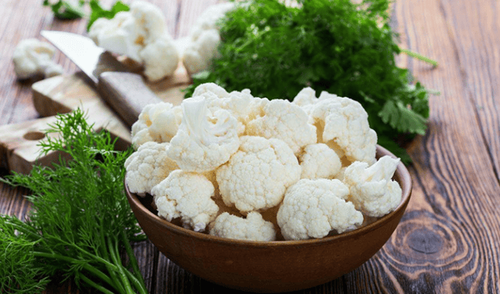
Quả gì nhiều vitamin c nhất đó chính là súp lơ trắng
3. Note when using vitamin C
Cooking foods rich in vitamin C or storing them for a long time can also reduce vitamin C content.
Microwaving or steaming foods rich in vitamin C can reduce the amount of vitamin C in the food. cooking process. Therefore, the best food sources of vitamin C are when fruits and vegetables are undercooked or eaten raw.
Overall, vitamin C is an important nutrient because it supports the immune system, helping with wound healing. Supplementing vitamin C from foods rich in vitamin C above is also a way to increase antioxidants, which help protect cells from damage.
Please dial HOTLINE for more information or register for an appointment HERE. Download MyVinmec app to make appointments faster and to manage your bookings easily.




